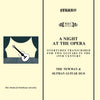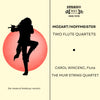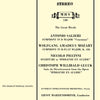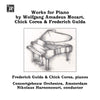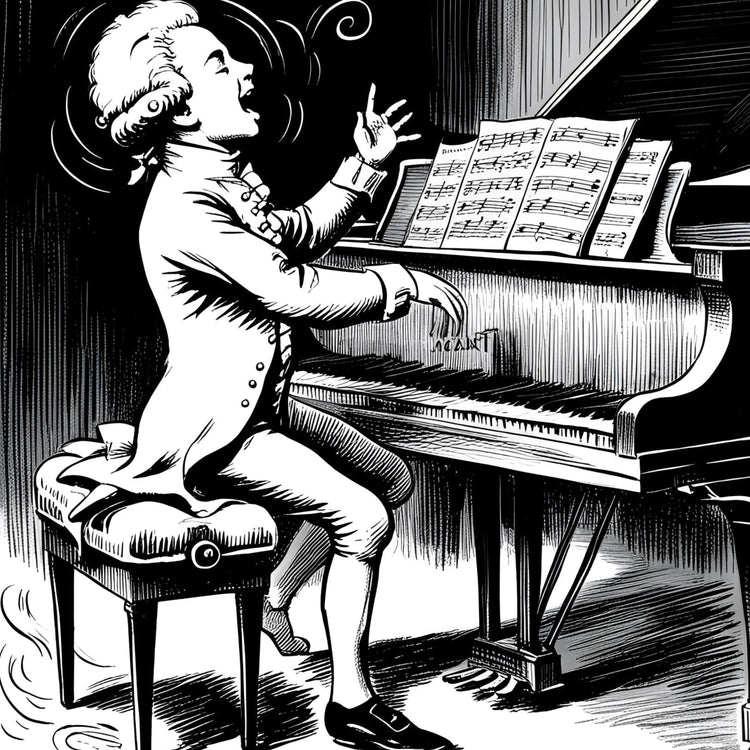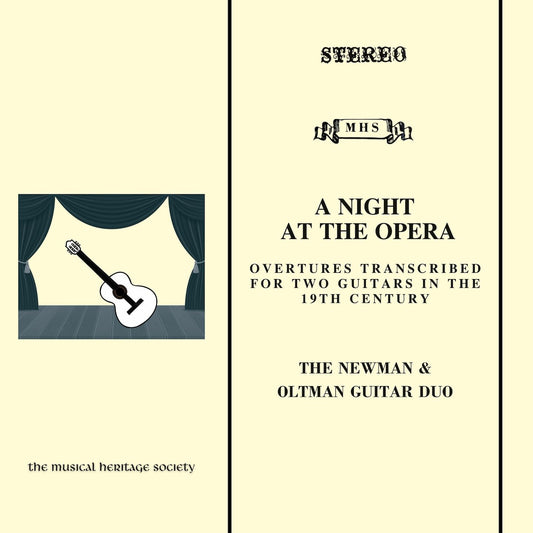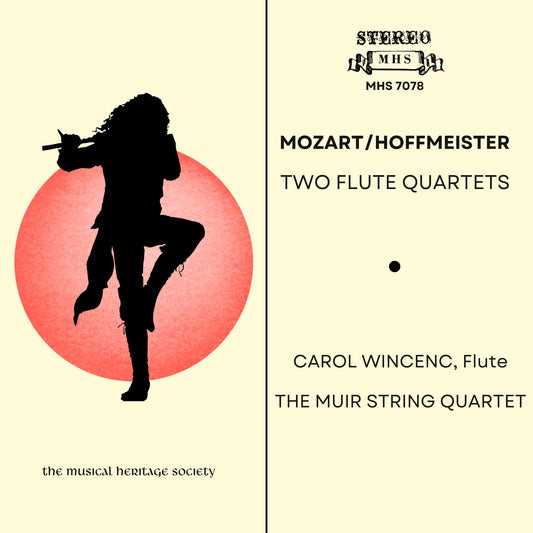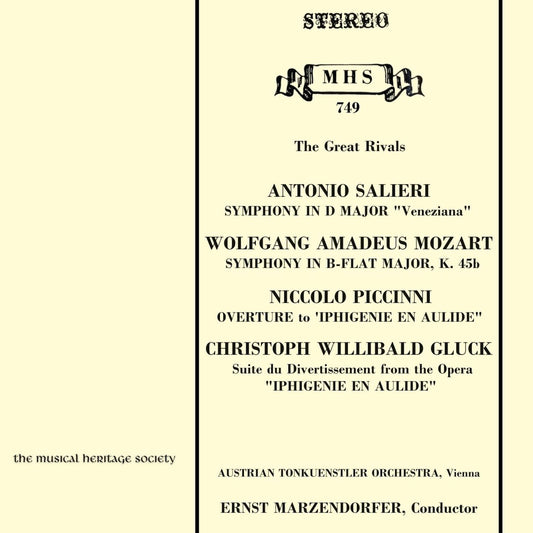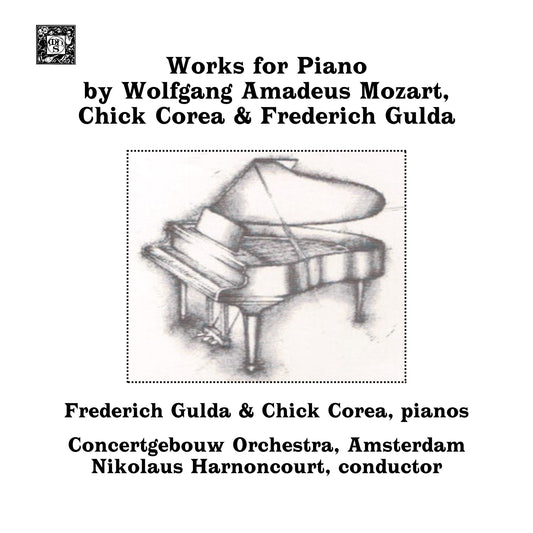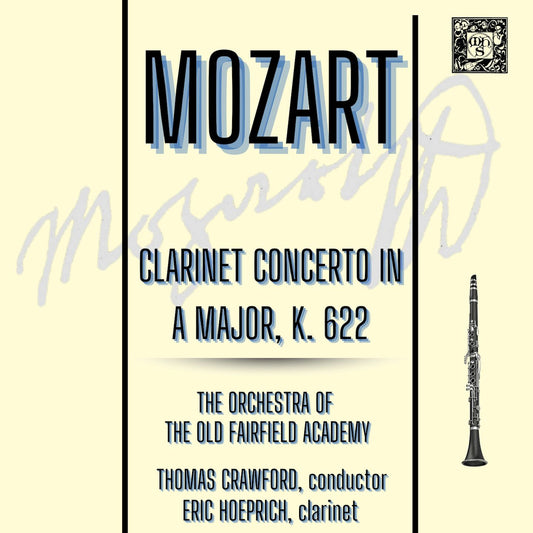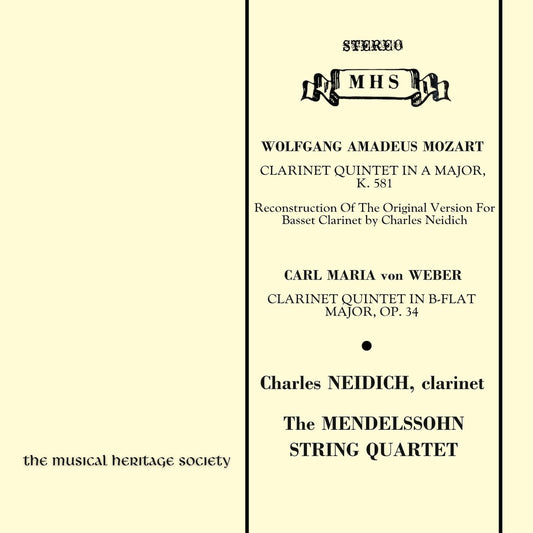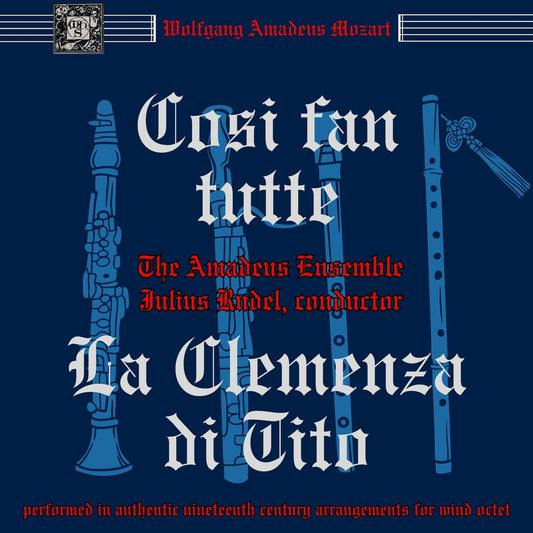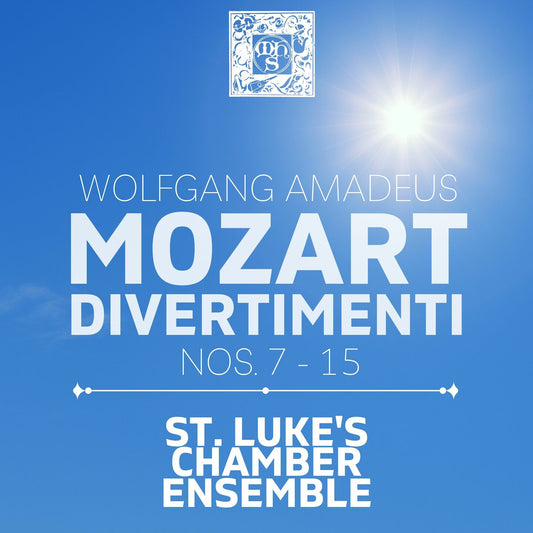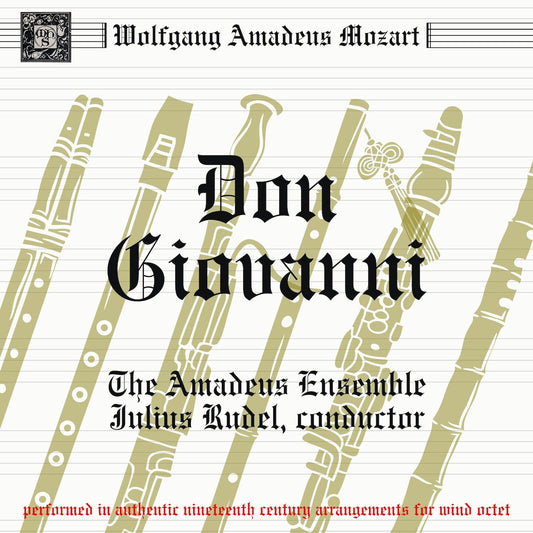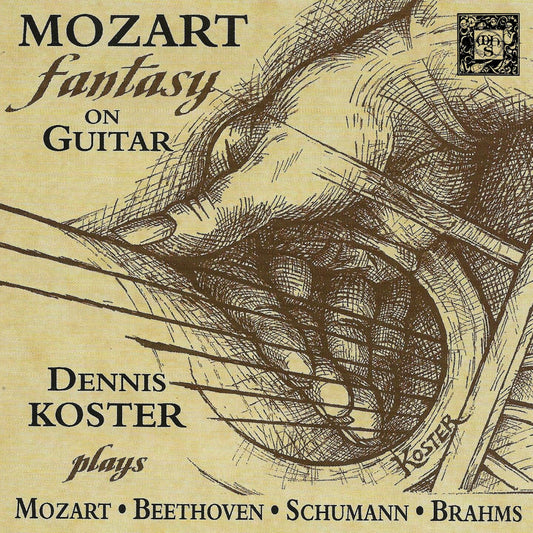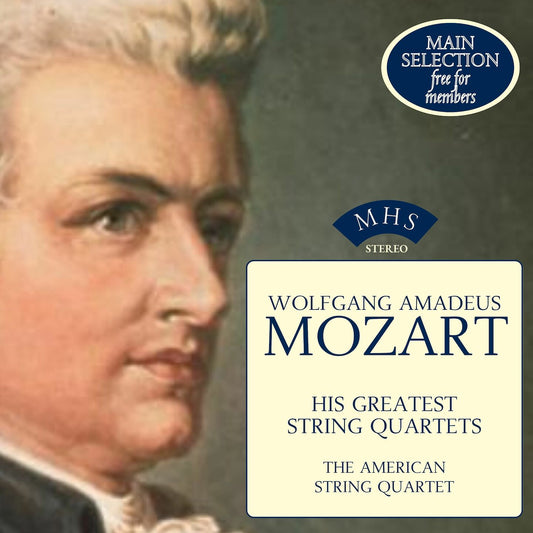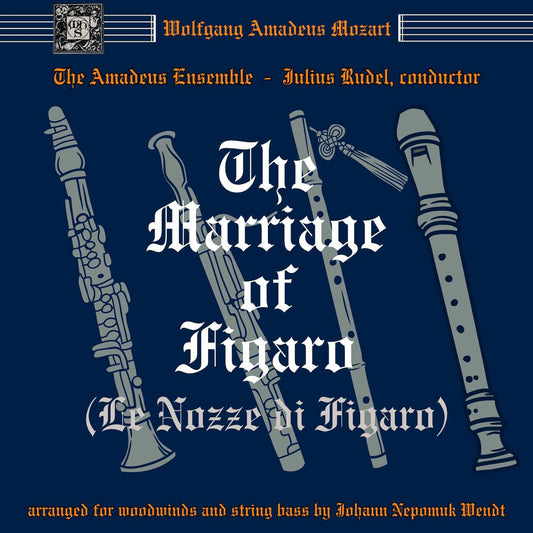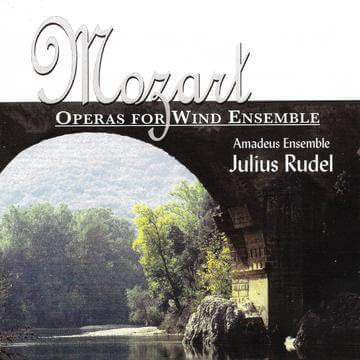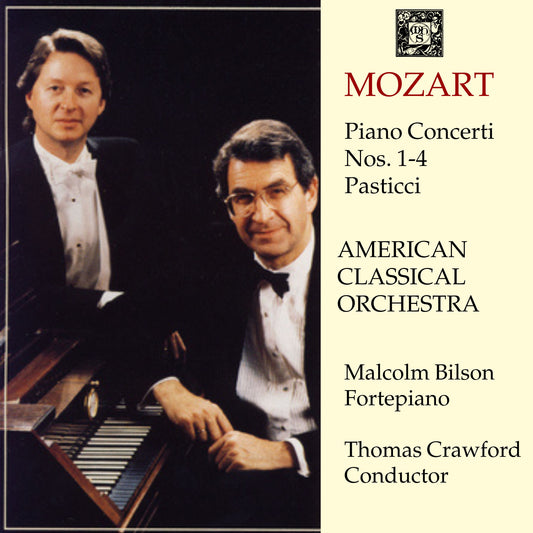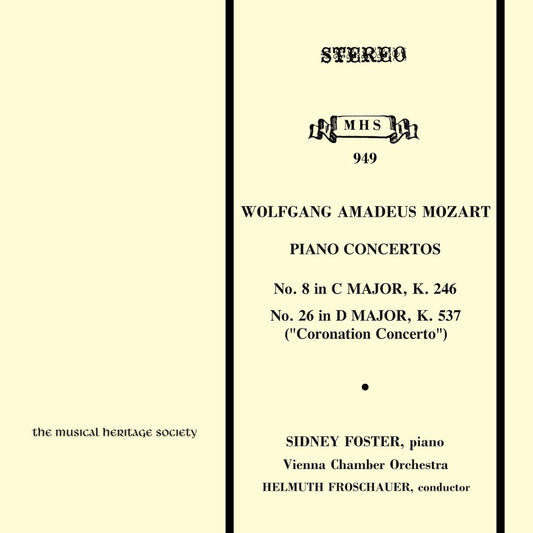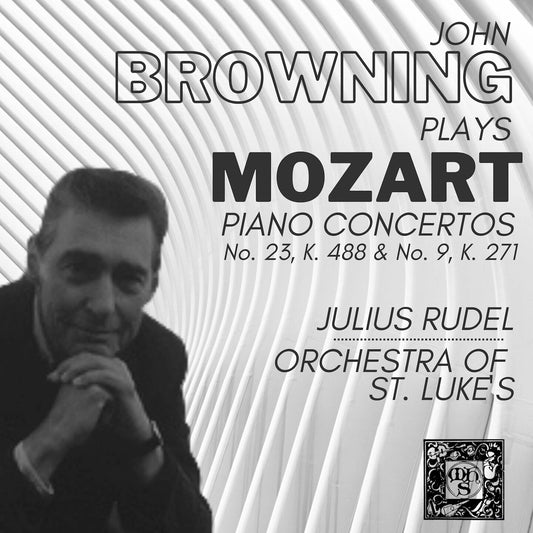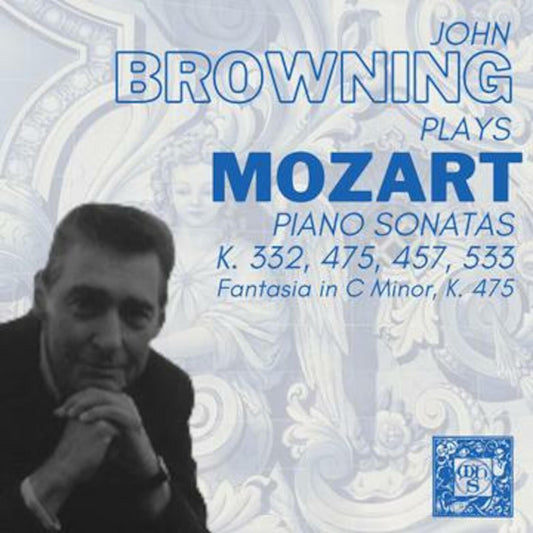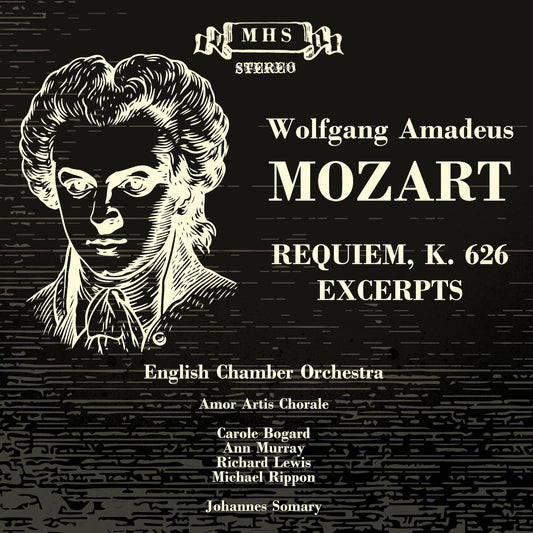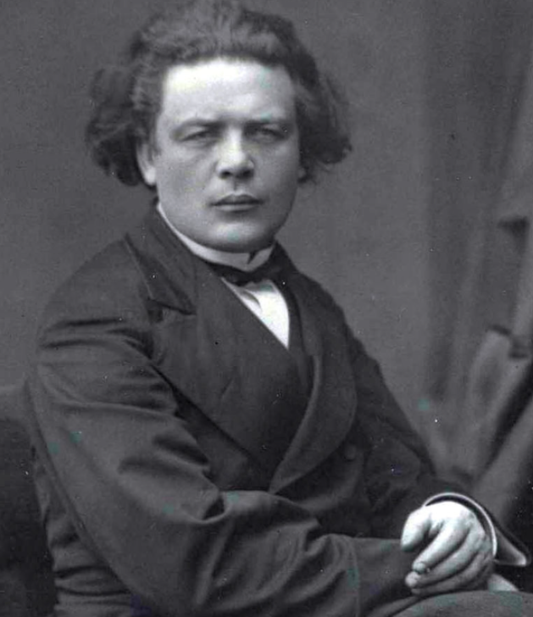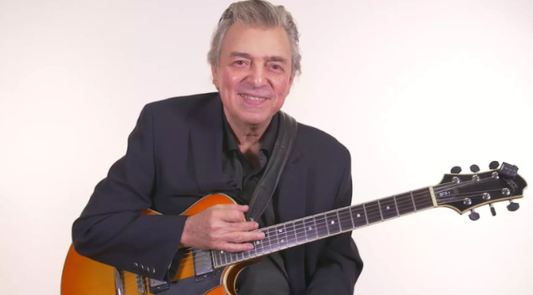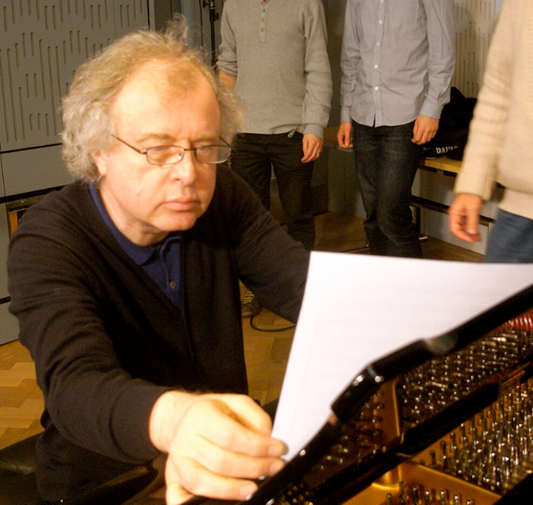Collection: WOLFGANG AMADEUS MOZART (1756 – 1791)
Wolfgang Amadeus Mozart (baptized Johannes Chrysostomus Wolfgangus Theophilus Mozart, 27 January 1756 – 5 December 1791) remains one of history's most astounding musical prodigies and influential composers. Born in Salzburg, Austria, his innate musical gifts were apparent almost from infancy. His father, Leopold, a respected composer and violinist himself, quickly recognized his son's extraordinary talent and dedicated himself to nurturing it.
By the age of five, Wolfgang was composing minuets, and by six, he was a proficient keyboardist and violinist. Leopold saw an opportunity and, alongside Wolfgang's talented older sister Maria Anna ("Nannerl"), embarked on extensive tours across Europe. From Munich and Vienna to Paris, London, and Rome, the young Mozart dazzled royalty and aristocratic audiences with his astonishing abilities – playing complex pieces blindfolded, sight-reading flawlessly, and improvising intricate fantasias. These tours exposed him to a wide range of musical styles, which he absorbed and synthesized with incredible speed.
Returning periodically to Salzburg, Mozart entered the service of the Prince-Archbishop Hieronymus Colloredo. While this provided employment, the musically conservative and restrictive environment chafed against Mozart's burgeoning genius and independent spirit. He composed numerous works during this period, including sacred music, symphonies, and concertos, but felt creatively stifled.
In 1781, after a heated confrontation with the Archbishop’s steward, Mozart took the bold step of resigning and moving to Vienna, the musical capital of Europe, to pursue a freelance career. This marked the beginning of his most intensely productive and artistically fulfilling decade. He quickly established himself as a pianist and composer, finding success with his opera The Abduction from the Seraglio (1782). That same year, against his father's wishes, he married Constanze Weber.
The Vienna years saw an outpouring of masterpieces across virtually every genre. He composed his most celebrated operas, including The Marriage of Figaro (1786), Don Giovanni (1787), and Così fan tutte (1790) – works renowned for their psychological depth, sublime melodies, and dramatic power. He also wrote numerous piano concertos (often performing the solo parts himself), string quartets, and his final, magnificent symphonies (Nos. 39, 40, and 41 "Jupiter").
Despite his artistic triumphs and periods of considerable income, Mozart and Constanze often struggled financially due to poor money management and a lavish lifestyle. His final year, 1791, was one of incredible creative fervor, producing the charming opera The Magic Flute, the solemn La Clemenza di Tito, and his sublime Clarinet Concerto. He was also working on a commissioned Requiem Mass when he fell gravely ill.
Wolfgang Amadeus Mozart died on December 5, 1791, at the tragically young age of 35, leaving the Requiem unfinished (it was later completed by his pupil Süssmayr). Buried in a common grave, as was customary at the time for those not of nobility, his music secured his immortality. Mozart left behind over 600 works, a legacy of unparalleled beauty, emotional depth, and technical perfection that continues to enchant and inspire listeners worldwide.

